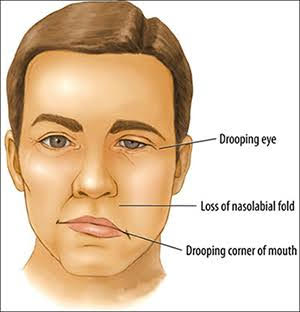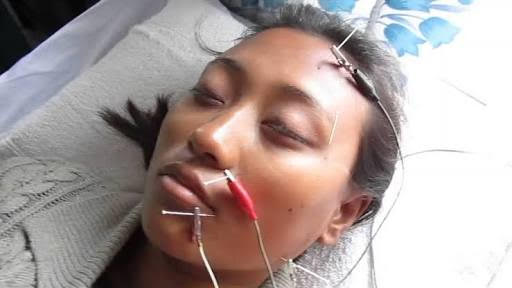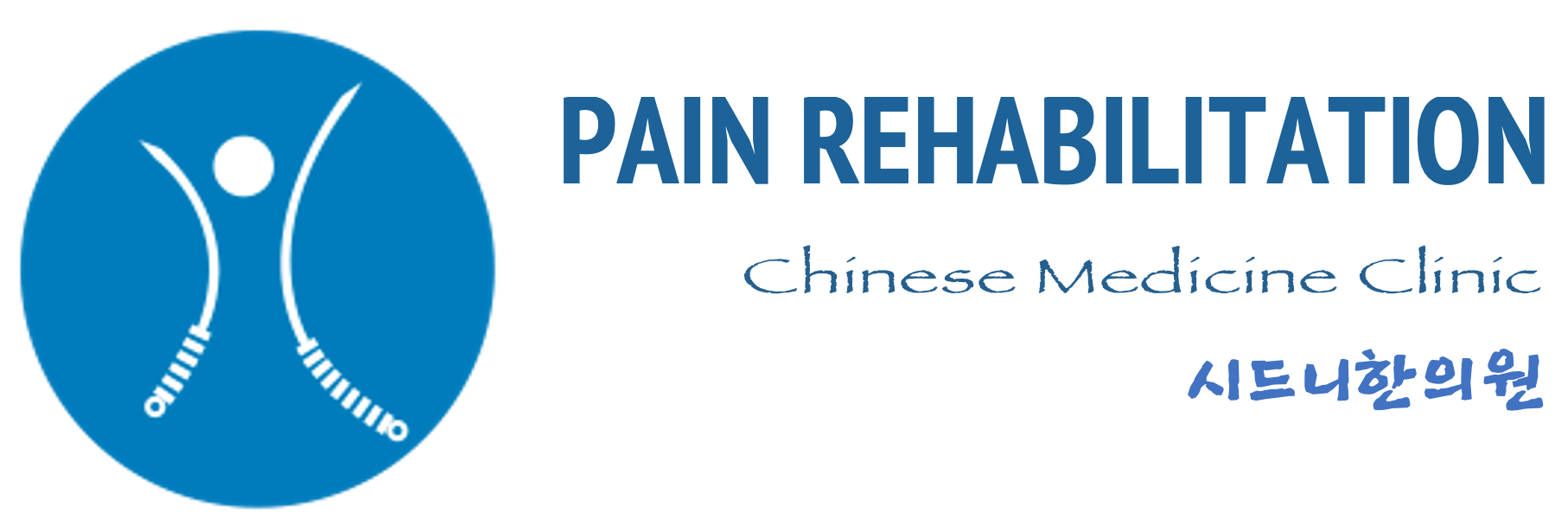 Bell’s Palsy is a form of temporary facial paralysis resulting from damage or trauma to the facial nerves. The facial nerve-also called the 7th cranial nerve-travels through a narrow, bony canal (called the Fallopian canal) in the skull beneath the ear, to the muscles on each side of the face. For most of its journey, the nerve is encased in this bony shell.
Bell’s Palsy is a form of temporary facial paralysis resulting from damage or trauma to the facial nerves. The facial nerve-also called the 7th cranial nerve-travels through a narrow, bony canal (called the Fallopian canal) in the skull beneath the ear, to the muscles on each side of the face. For most of its journey, the nerve is encased in this bony shell.
Bell’s Palsy occurs when the muscles are swollen, inflamed, or compressed, resulting in facial weakness or paralysis. Exactly what causes this damage, however, is unknown.
Most scientists believe that a viral infection such as viral meningitis or the common cold sore virus—herpes simplex—causes the disorder. They believe that the facial nerve swells and becomes inflamed in reaction to the infection, causing pressure within the Fallopian canal and leading to ischemia (the restriction of blood and oxygen to the nerve cells). In some mild cases (where recovery is rapid), there is only damage to the myelin sheath of the nerve. The myelin sheath is the fatty covering-which acts as an insulator on nerve fibers in the brain.
The disorder has also been associated with influenza or a flu-like illness, headaches, chronic middle ear infection, high blood pressure, diabetes, sarcoidosis, tumors, Lyme disease, and trauma such as skull fracture or facial injury.
In Traditional Chinese medicine , the diagnosis for Bell’s palsy is termed “External Wind-Cold attacking the channels of the face”. According to TCM principles, one of the main implications of this condition is an underlying Qi deficiency.
 Treatment may include:
Treatment may include:
– Herbal Medicine
– Acupuncture + Saam Acupuncture
– King Moxibustion or Moxibustion
– Clinical Massage + Acupressure
– Cupping or Functional Cupping
– Electro Acupuncture or Laser Acupuncture or MPS Acupuncture or Ear Acupuncture
– Musculoskeletal Assessment + Stretching
In Traditional Chinese Medicine, acupuncture has been used for thousands of years to assist in Bell’s Palsy recovery, and the initial treatment goal according to TCM is to expel Wind and resolve Damp, as well as to invigorate Qi and promote Blood circulation to the face. Consistent acupuncture treatments (usually recommended once or twice per week), can help soothe a patient and expedite resolution of paralysis, and enhance nerve function.
Herbal remedies may be used to promote effective functioning of the nervous system, prevent stress (which is thought to exacerbate Bell’s Palsy), and offer a therapeutic effect. Some herbs can be used to treat conditions relating to the nervous system. Taking certain vitamin supplements can also promote nerve growth and may help quicken the recovery of the damaged facial nerve.
Massage can also help ease the symptoms of Bell’s Palsy. Gently massaging the afflicted areas of the face, or practicing daily facial exercises can help the condition. Additionally, a full body massage on areas that are unaffected by the condition can help. Stress can worsen the condition, and is often thought to be a precipitating factor that may bring on an episode, so receiving a relaxing, full body massage can help soothe a patient and lead to a quicker recovery.



